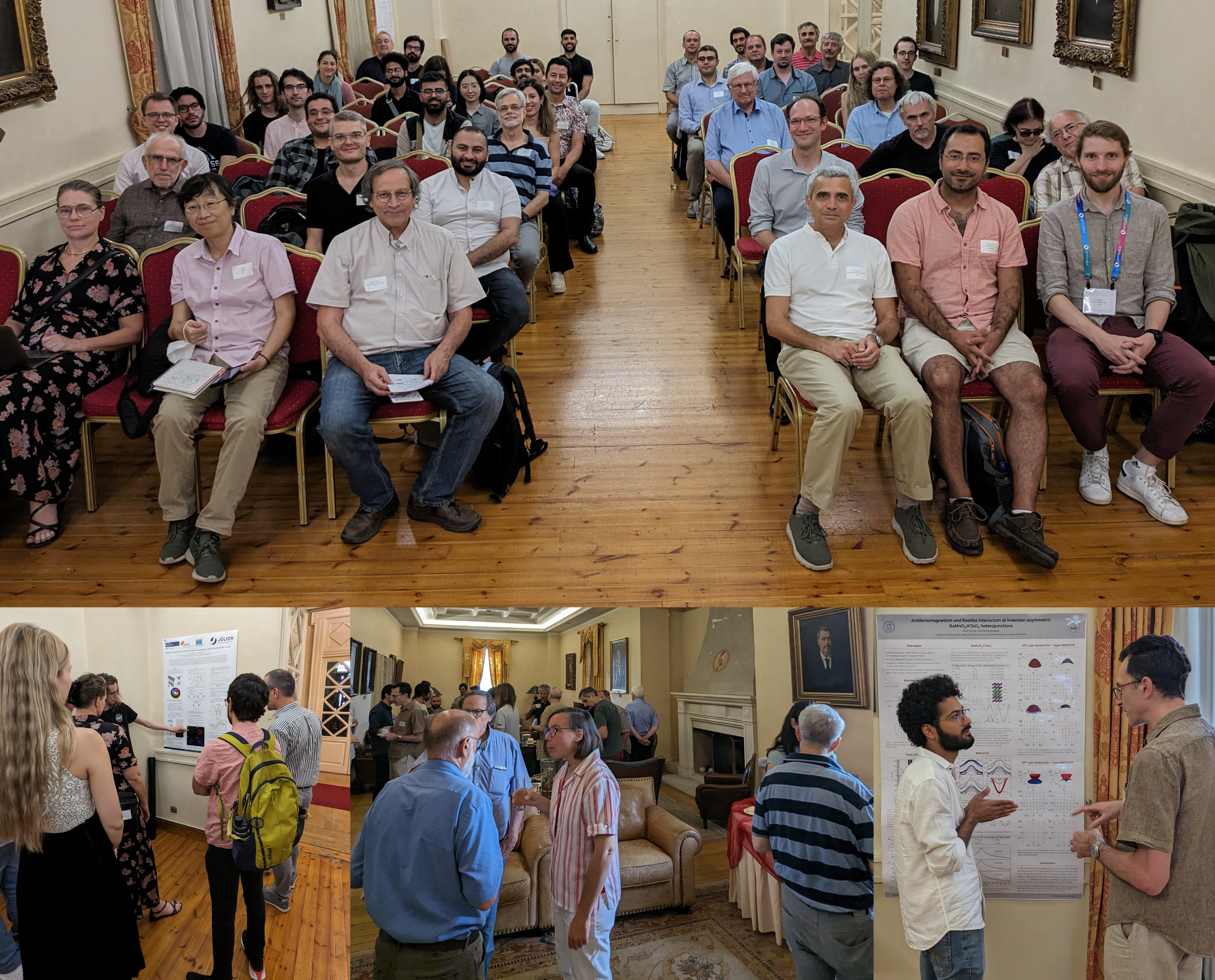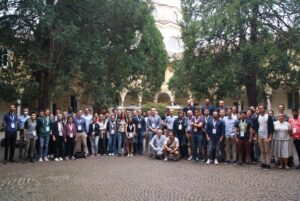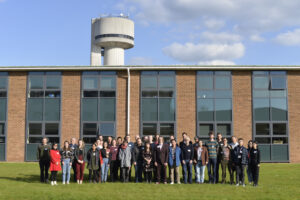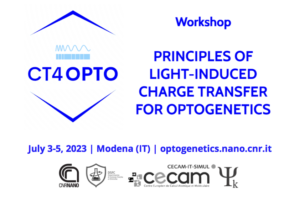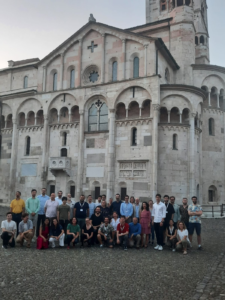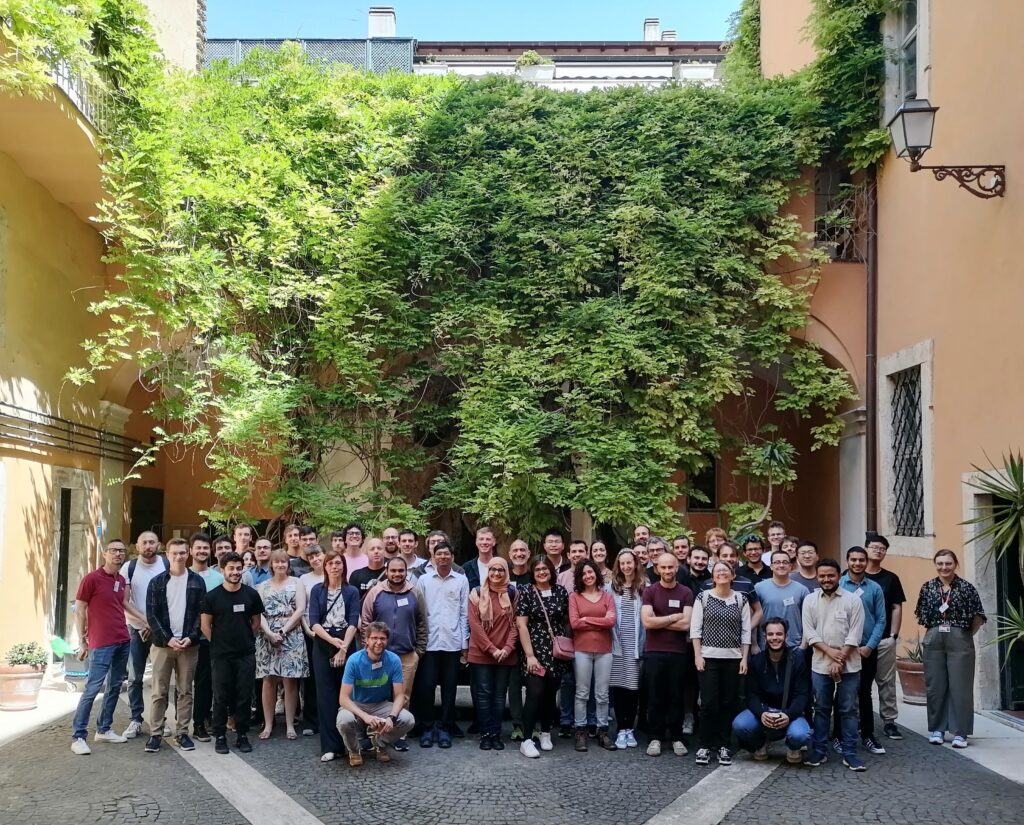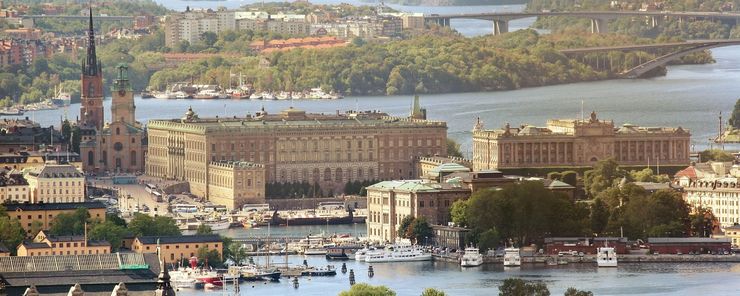The CECAM/Psi-k workshop: Atto2Nano: modeling ultrafast dynamics across time-scales in condensed matter took place between September 26th and September 29th, 2023 at the CECAM Headquarter at EPFL, Lausanne, Switzerland. The event attracted 37 participants from 12 countries, featuring invited talks, contributed talks, poster sessions, as well as two round-table discussions.
Overall, this workshop brought together researchers with complementary expertise in the field of experimental and theoretical ultrafast science with the goal of stimulating discussion and exchange on bridging time-scales in both ab-initio and semi-empirical approaches for non-equilibrium phenomena, focusing on time-scales ranging from attoseconds to nanoseconds. While the primary focus of the workshop was on theoretical and numerical modelling of ultrafast dynamics, our event further attracted participation of emerging and leading experimentalists from the area of time-resolved spectroscopy and microscopy.
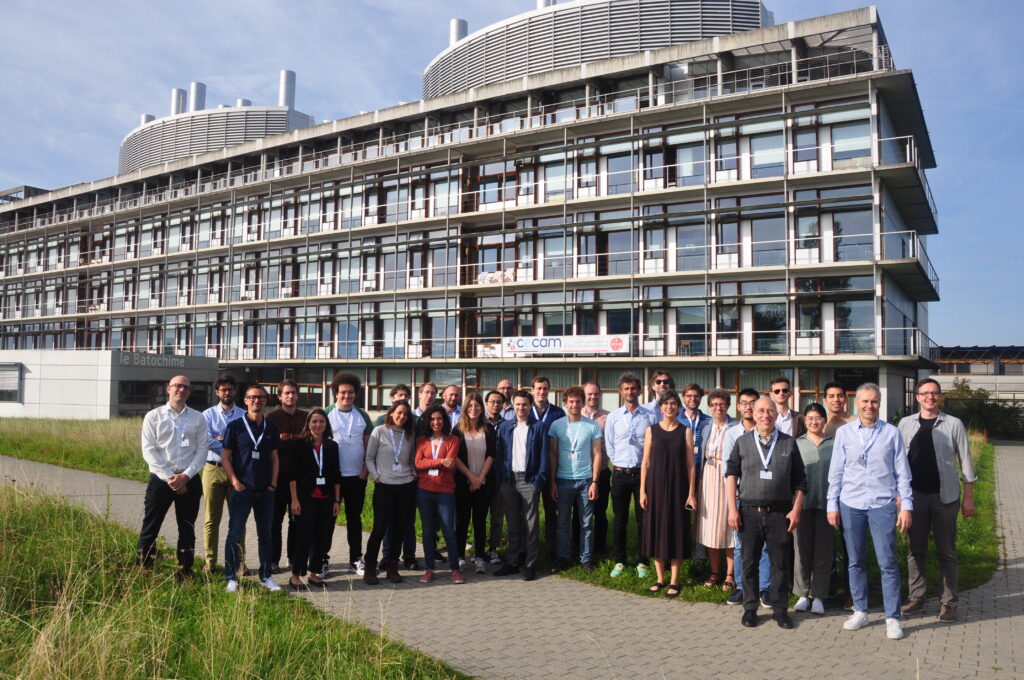 Continue reading CECAM/Psi-k workshop: Atto2Nano: modeling ultrafast dynamics across time-scales in condensed matter
Continue reading CECAM/Psi-k workshop: Atto2Nano: modeling ultrafast dynamics across time-scales in condensed matter

